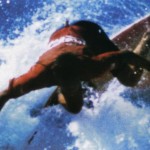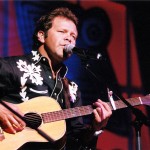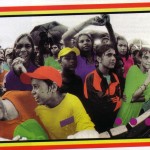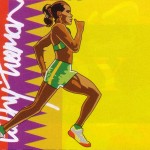“School sux !! The teachers don’t know what it’s like for us kids. They don’t want to know.
They never talk about us mob, like we aren’t even there or don’t know anything.”
It’s not easy tryng to talk to my kid’s teachers. I know it’s changed since I was there but it still feels the same old place. I want to try to make school a better place for my kids so they can be proud of who they are and go on and succeed in whatever they want to do.”
It took many years of hard work from Aboriginal and Torres Strait Islander people and their supporters to begin to get education systems to include the truth about Australians colonial history and how Indigenous people have been treated.
Slowly over the past decade or so some schools have started to work more closely with Aboriginal and Torres Strait Islander parents to try to make school more meaningful for Indigenous kids.
For many Aboriginal and Torres Strait Islander parents these efforts are starting to pay off. Many schools now offer Aboriginal studies courses. Lots of the schools now include Indigenous cultural activities showing off their talents and skills of Indigenous people. Some now talk easily about the shared experiences of the past; good and bad.
About six years ago the Commonwealth Government got behind these efforts too. It set up the Aboriginal Student Support and Parent Awareness program; or ASSPA as it’s called. ASSPA committees are in almost every school across the country now. They are made up of parents of Indigenous school students themselves and interested teachers and some principals.
ASSPA Committees are a way for parents, kids and schools to work out how to make school more interesting and more culturally responsive for Aboriginal and Torres Strait Islander students.
ASSPA Committees are given an amount of money by the Department of Employment, Education, Training and Youth Affairs (DEETYA) to spend on activities that support student and parent involvement in schools. These include things like NAIDOC Week activities, paying for dance and cultural activities at schools, culture camps and excursions and contributions to school libraries and computers and other items.
Perhaps the most important part of the ASSPA program is that it is getting parents, kids and teachers together to talk about how to make schooling more relevant, more fun and more meaningful for Indigenous students. Hopefully this is leading to more Indigenous children staying on and finishing school so they can get the skills, confidence and qualifications to get jobs.






Comments are closed.